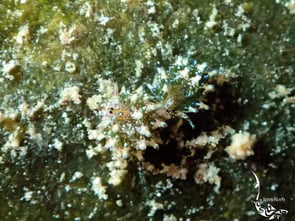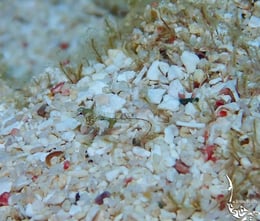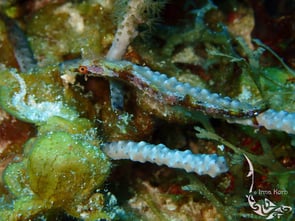Marine Life and their excellent ability to camouflage themselves.
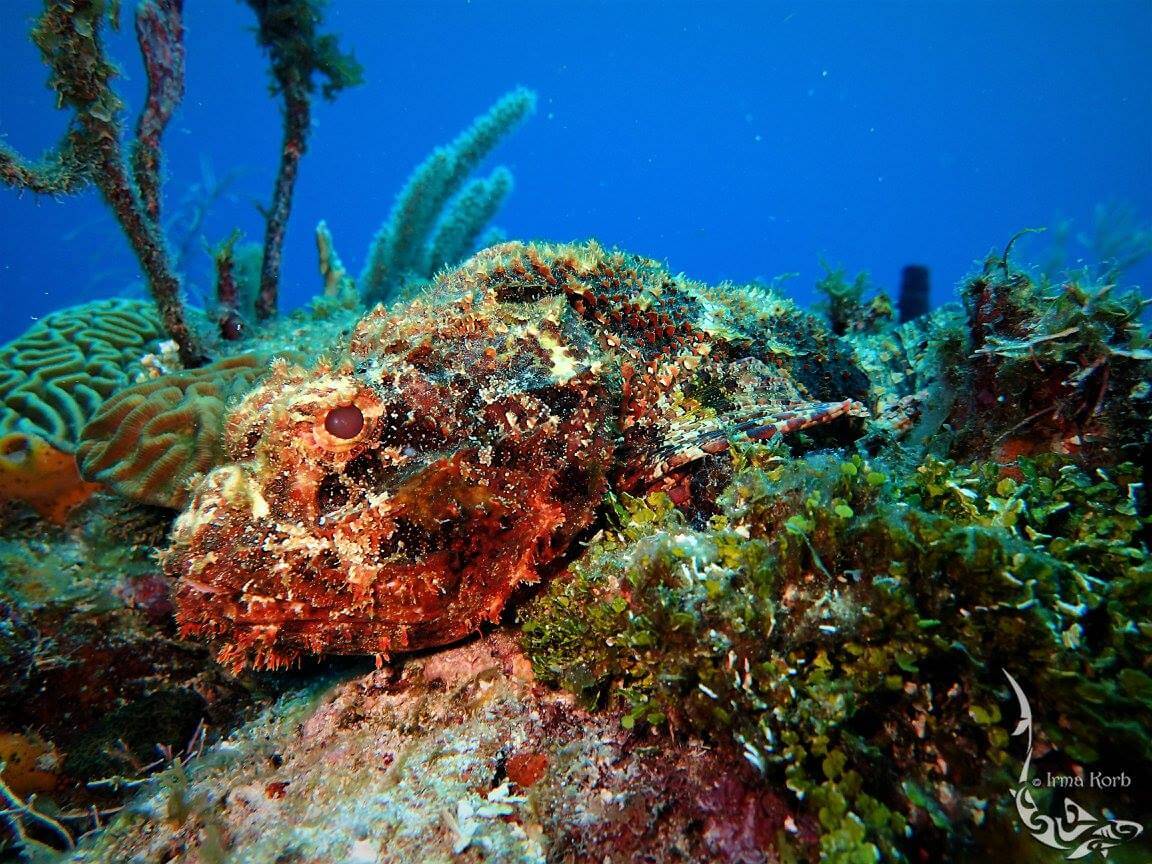
Can you see me?
Marine life camouflage refers to the ability of certain marine organisms to blend in with their surroundings in order to evade predators or capture prey. This can be achieved through a variety of means, such as coloration, shape, and behavior.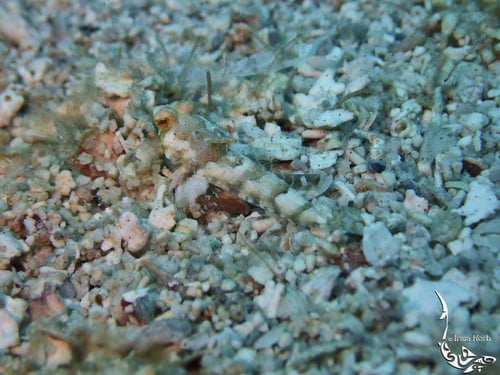
One of the most common forms of marine camouflage is coloration. Many fish, for example, have evolved to match the colors and patterns of the coral reefs or seabeds where they live. This allows them to blend in and avoid being seen by predators. Some fish, such as the flounder and the leafy sea dragon, have even developed the ability to change color in order to better match their surroundings.
Another form of marine camouflage is shape. Some organisms, such as the cuttlefish and octopus, have the ability to change their shape in order to blend in with their surroundings. This can include changing their texture, or even mimicking the shape of other animals.
Behavioral camouflage is also found in marine life, some species of fish like the cleaner fish and mimic octopus will mimic the behavior of other species to blend in and avoid predation.
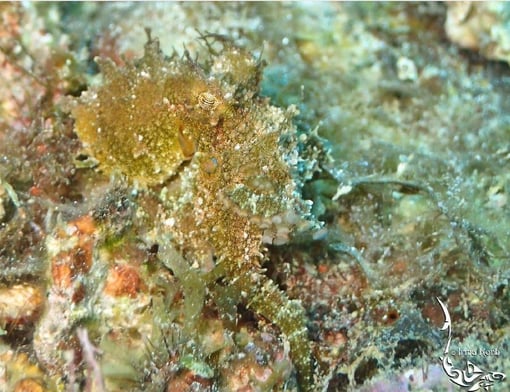
Marine life camouflage is a highly effective survival strategy, allowing organisms to evade predators and capture prey. However, it is also a form of adaptation, which can take thousands of years of evolution to perfect. As such, it is an important example of the way in which organisms have adapted to their environments over time.
Overall, marine life camouflage is a fascinating and diverse topic that encompasses a wide range of organisms and strategies. From coloration, shape-shifting to behavior, these organisms have evolved unique ways to survive in their environment.
